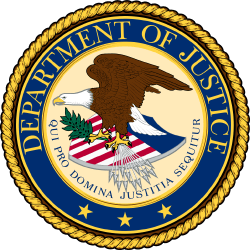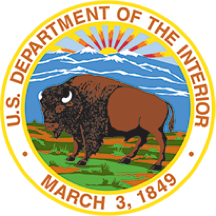How multicultural research guides the USA.gov benefit finder
Discover how USA.gov tailors its benefit finder experience for both English and Spanish-speaking users through culturally nuanced content. Through dual-track language research, a bilingual support team, and A/B testing, USA.gov ensures that more users receive relevant, empathetic, and user-friendly content. The USA.gov team also identified and addressed recruitment challenges to interatively improve its ongoing research processes.— via USA.gov














